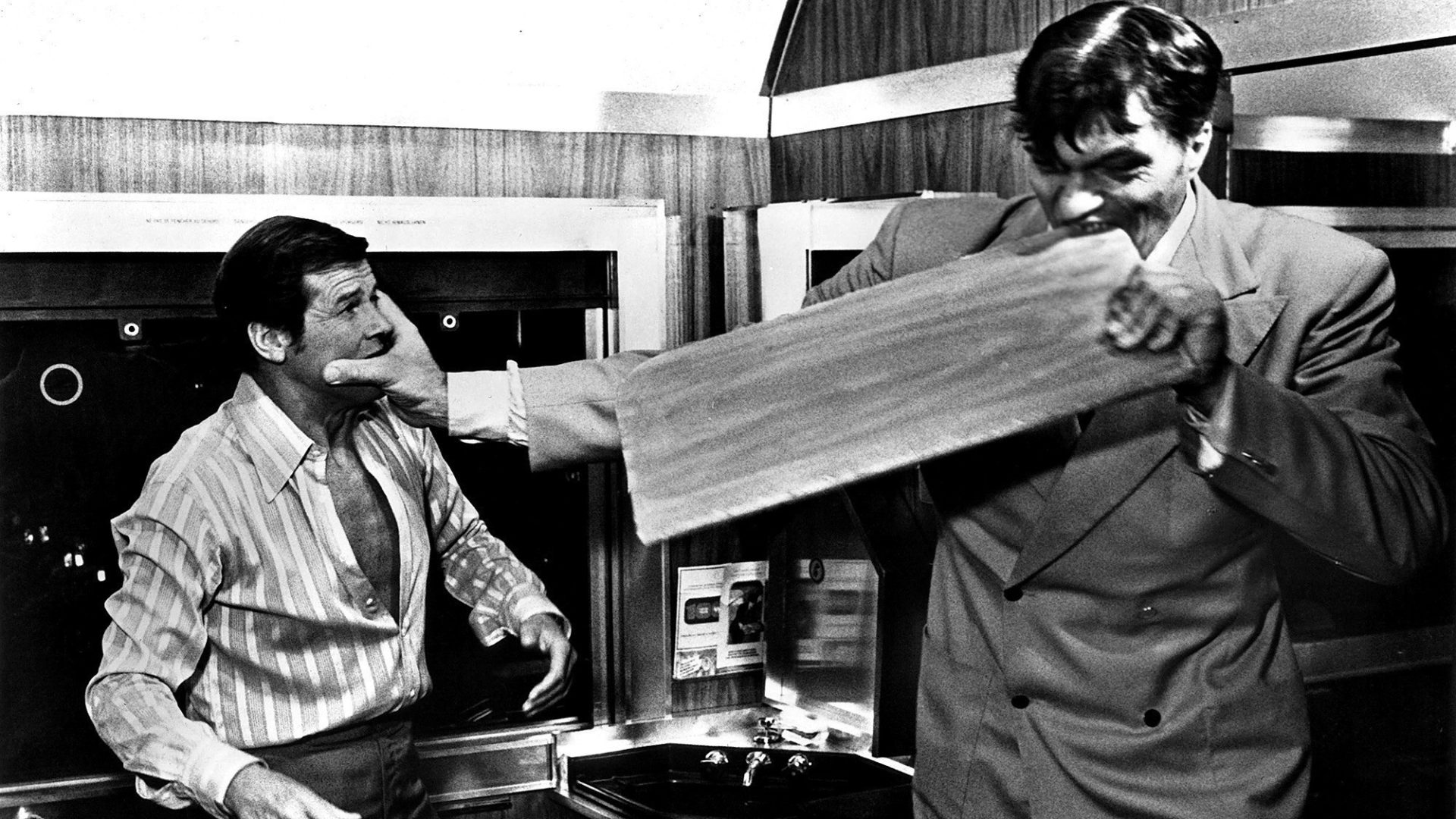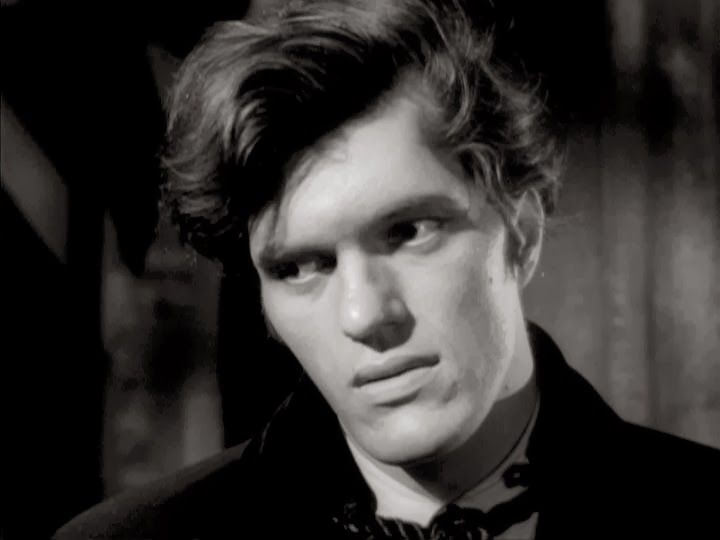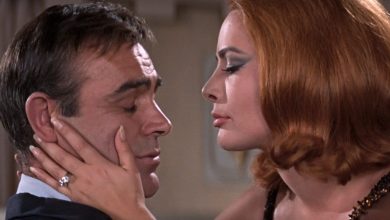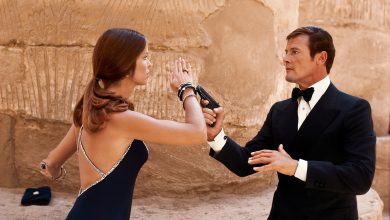Why Was the James Bond Movie Villain Jaws So Popular with the Fans?

In the vast landscape of James Bond villains, one character stands out as an iconic fan favorite: Jaws. With his towering height, menacing metal teeth, and seemingly indestructible nature, Jaws captivated audiences and left an indelible mark on the James Bond film franchise. In this article, we delve into the reasons behind Jaws’ immense popularity with the fans and explore the elements that made him such a memorable and beloved villain.
From his debut in “The Spy Who Loved Me” to his appearance in “Moonraker,” Jaws captured the imagination of moviegoers around the world. His unique physical attributes, compelling character development, and enduring impact on popular culture make him a subject worthy of exploration. Join us as we dive into the intriguing world of Jaws and unravel the secrets behind his captivating allure.
Jaws: The Formidable Adversary
As the primary henchman and antagonist in “The Spy Who Loved Me” and “Moonraker,” Jaws was portrayed by the actor Richard Kiel. Standing at an imposing height of 7 feet 2 inches, Kiel’s physical presence alone made Jaws an intimidating adversary for James Bond. However, it was Jaws’ signature feature — his metal teeth — that truly set him apart.

The Unforgettable Appearance
Jaws’ iconic steel teeth not only made him visually distinctive but also added to his menacing aura. These razor-sharp dentures became synonymous with the character, and fans couldn’t help but be intrigued by his unique physical attributes. The metal teeth were a result of a failed attempt to kill Jaws, leaving him with an altered appearance that became his trademark.
The Indestructible Nature
One of the key factors behind Jaws’ popularity was his seemingly indestructible nature. Throughout the films, he survives numerous life-threatening situations that would have easily dispatched any ordinary villain. Whether it was surviving a fall from a cable car or being caught in a shark’s mouth, Jaws consistently defied death, capturing the imagination of the audience.

The Evolution of Jaws
Jaws’ popularity extended beyond his initial appearances in “The Spy Who Loved Me” and “Moonraker.” Despite being a henchman, his character underwent a transformation throughout the films. In “Moonraker,” Jaws develops a romantic relationship with a fellow character named Dolly, showcasing a softer side to his personality. This unexpected development added depth to Jaws’ character and made him even more intriguing to the fans.
Jaws as an Icon
Jaws’ popularity with the fans can be attributed to his enduring status as an icon within the James Bond franchise. He became the first henchman to make a return appearance in subsequent Bond films, solidifying his place in Bond lore. The unique combination of physical presence, memorable appearance, and survival instinct made Jaws a memorable and beloved character.
Jaws’ Impact on Pop Culture
Jaws’ popularity extended beyond the confines of the James Bond series. The character left an indelible mark on popular culture, becoming a reference point for strong, imposing villains. The phrase “biting off more than you can chew” took on a whole new meaning with Jaws’ metal teeth, and his character continues to be referenced in various forms of media and parodies.

The Fan Connection
Ultimately, the enduring popularity of Jaws can be attributed to the connection he forged with the fans. Audiences were captivated by his relentless pursuit of James Bond and his ability to survive against all odds. Jaws became a character that fans loved to hate and rooted for simultaneously, creating a unique dynamic between the villain and the audience.
FAQ
1. Why did Jaws have metal teeth?
Jaws’ metal teeth were a result of a failed assassination attempt on his life. In the film “The Spy Who Loved Me,” Jaws was pushed off a building and landed face-first in a shark tank. Miraculously, he survived the fall, but not without consequences. The encounter with the shark left him with a disfigured face and a set of formidable metal teeth. These teeth not only enhanced his intimidating appearance but also served as a reminder of his resilience and survival instincts. They became an integral part of Jaws’ character and a defining feature that made him instantly recognizable to audiences.
2. How did Jaws survive the fall from the cable car?
Jaws’ survival of the fall from the cable car in “Moonraker” is a testament to his incredible durability. As the cable car plummets towards the ground, Jaws manages to grab hold of a steel cable, slowing down his descent. He then uses his immense strength to control the cable’s swing and eventually land safely on a circus tent. While it may seem implausible, this scene showcases Jaws’ superhuman abilities and his knack for escaping seemingly impossible situations. His survival instinct and physical resilience make him an extraordinary adversary for James Bond.
3. Did Jaws ever find love?
Yes, Jaws unexpectedly found love in the Bond film “Moonraker.” He forms a romantic connection with a character named Dolly, who is portrayed as a sweet and innocent woman. Despite their physical differences, their shared experiences and genuine affection bring them together. This unexpected development added depth to Jaws’ character, humanizing him and challenging the perception of him as a heartless villain. The love story between Jaws and Dolly is a memorable aspect of his character arc and adds a touch of tenderness amidst the action and intrigue of the Bond films.
4. How many James Bond films did Jaws appear in?
Jaws appeared in two James Bond films: “The Spy Who Loved Me” (1977) and “Moonraker” (1979). Richard Kiel portrayed the iconic character in both movies. Jaws’ popularity with the fans led to his return in “Moonraker,” making him the first henchman to appear in consecutive Bond films. While he didn’t have a major role in subsequent films, Jaws’ impact was significant, and his presence left a lasting impression on the franchise and its fanbase.
5. Was Jaws the only henchman with metal teeth in the James Bond series?
Yes, Jaws is the only henchman in the James Bond series to have metal teeth. His unique dental prosthesis became his trademark and set him apart from other villains. The metal teeth not only gave him a fearsome appearance but also served as a formidable weapon. Jaws’ metal teeth became an iconic symbol of his character and contributed to his popularity among fans.
6. Did Jaws ever kill James Bond?
Despite being one of James Bond’s most formidable adversaries, Jaws never succeeded in killing the iconic secret agent. In their encounters, Bond often managed to outwit Jaws and narrowly escape his clutches. While Jaws’ physical strength and resilience posed a significant challenge to Bond, the hero’s resourcefulness and quick thinking always allowed him to come out on top. The ongoing rivalry between Bond and Jaws added suspense and excitement to their interactions and kept audiences on the edge of their seats.
7. Did Richard Kiel perform his own stunts as Jaws?
Richard Kiel, the actor who portrayed Jaws, performed many of his own stunts in the Bond films. Despite his towering height and physical presence, Kiel was agile and capable of executing impressive action sequences. He embraced the physical demands of the role, which included fight scenes, falls, and other challenging stunts. Kiel’s commitment to the character brought an authenticity to Jaws’ movements and actions, further enhancing the believability of the character.
8. What impact did Jaws have on other villains in pop culture?
Jaws’ impact on other villains in pop culture cannot be overstated. His towering height, imposing presence, and metal teeth set a new standard for what a formidable villain could be. Jaws became an archetype for physically imposing adversaries, and his character influenced subsequent depictions of villains in movies, television, and other forms of media. The phrase “biting off more than you can chew” gained new significance with Jaws’ metal teeth, becoming a cultural reference point. Even today, Jaws’ character continues to inspire and shape the portrayal of villains in popular culture.
9. Did Jaws ever team up with other villains?
While Jaws primarily served as a henchman and antagonist, he did briefly align himself with other villains in the James Bond films. In “The Spy Who Loved Me,” Jaws initially works for the main antagonist, Karl Stromberg, and his organization. However, Jaws’ unique character and popularity led to a change of heart, and he eventually turns against Stromberg to help Bond in saving the world. This unexpected alliance showcased Jaws’ complex nature and his capacity for redemption, further adding to his appeal as a character.
10. Did Jaws have any weaknesses?
Despite his seemingly invincible nature, Jaws did have one weakness: his vulnerability to falling objects. In both “The Spy Who Loved Me” and “Moonraker,” Jaws is ultimately defeated when large objects, such as a shark tank and a space station fragment, fall on him. These instances demonstrate that, despite his strength and resilience, even Jaws has his limits. These weaknesses served to remind the audience that no villain, no matter how formidable, is truly invincible.
CONCLUSION
In the realm of James Bond movie villains, few have achieved the level of popularity and enduring impact that Jaws has. With his imposing stature, menacing metal teeth, and ability to defy death, Jaws became an icon in the franchise. Audiences were captivated by his formidable presence and his relentless pursuit of James Bond, creating a unique dynamic between the villain and the fans.
Jaws’ enduring legacy extends beyond his initial appearances in “The Spy Who Loved Me” and “Moonraker.” His distinct physical attributes, unexpected character development, and his impact on popular culture have cemented his status as a beloved and memorable villain. The combination of his unique appearance, survival instincts, and connection with the audience ensured that Jaws would forever be etched in the annals of James Bond history as one of the most popular adversaries ever encountered by 007.









4 Comments